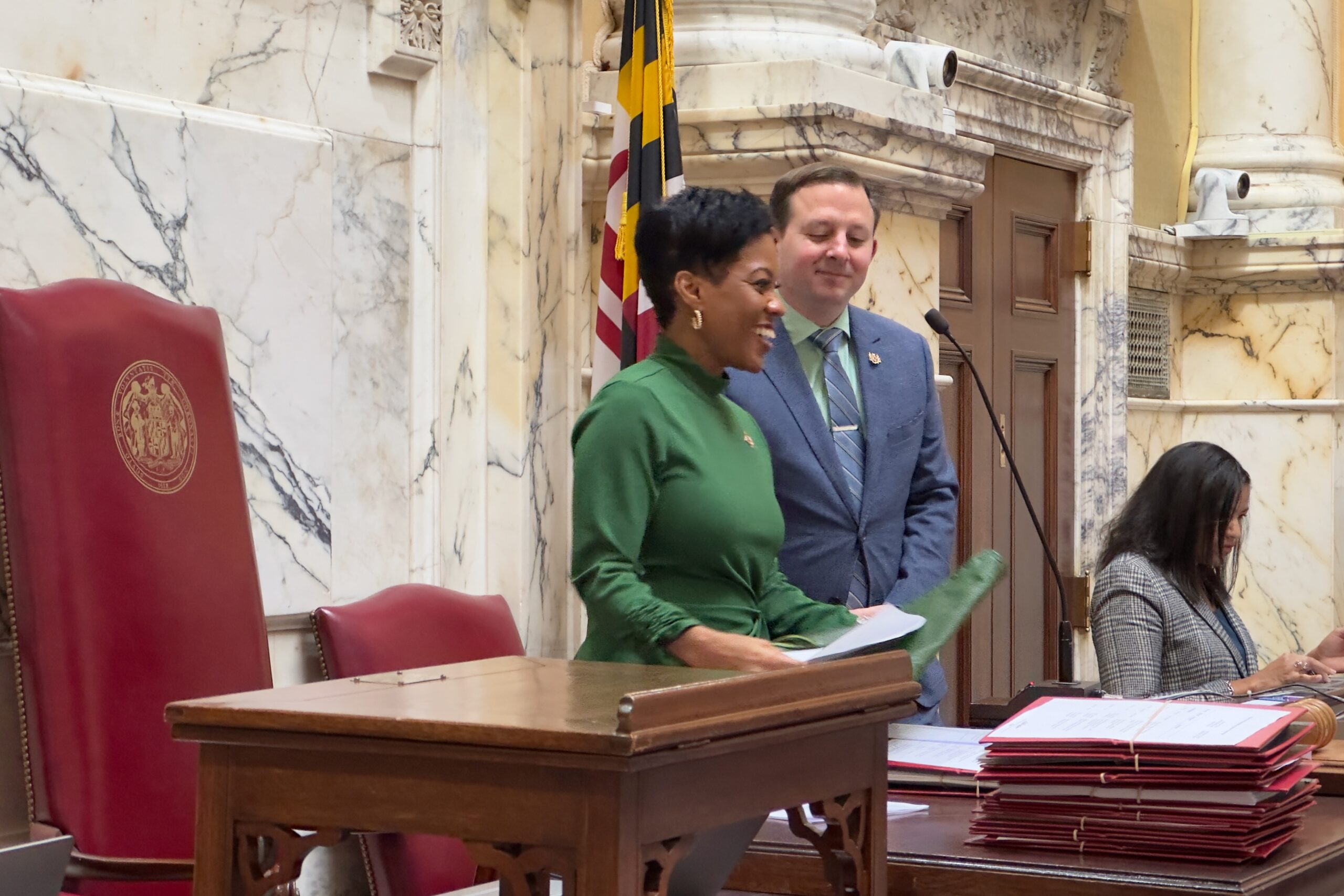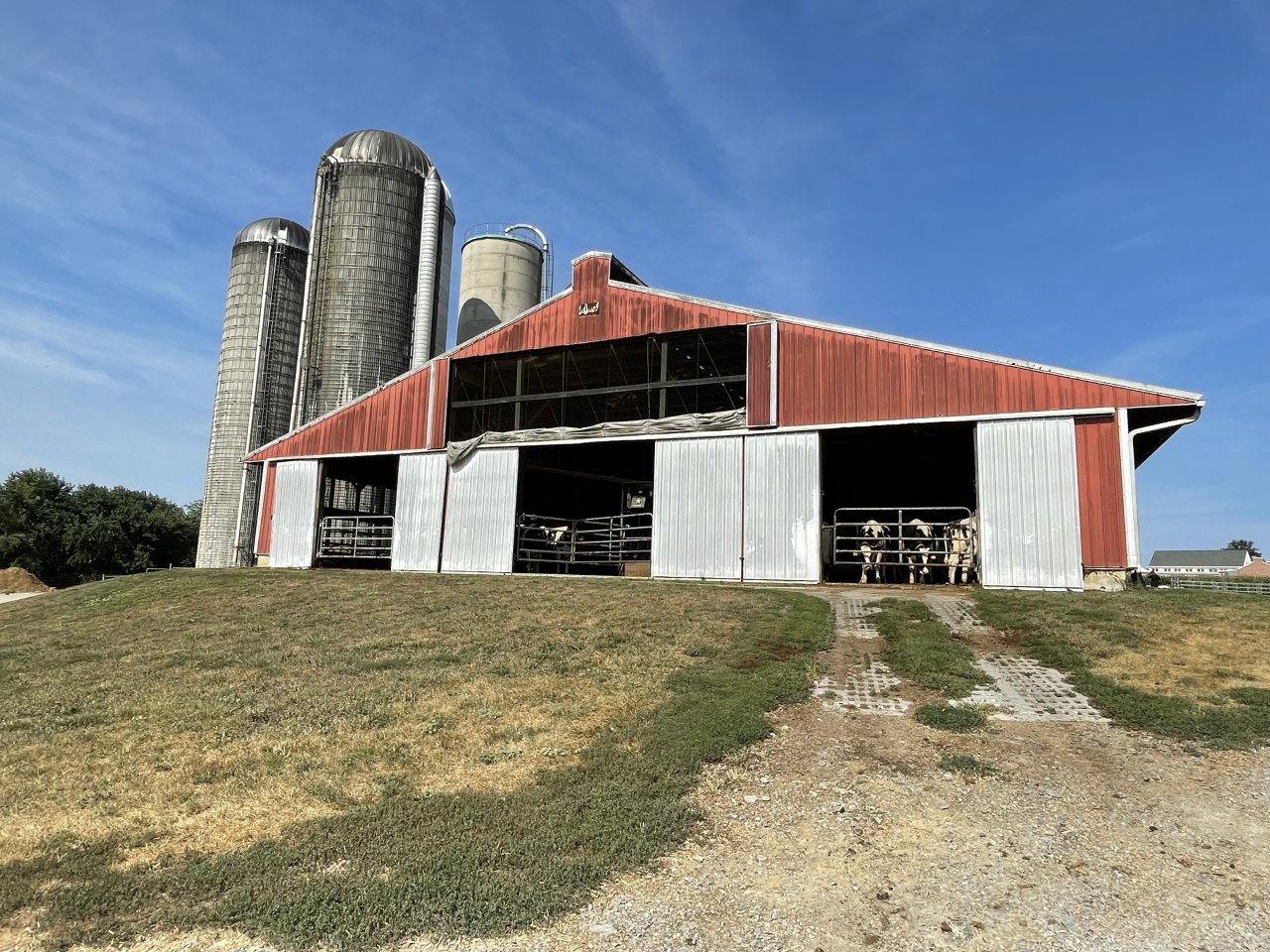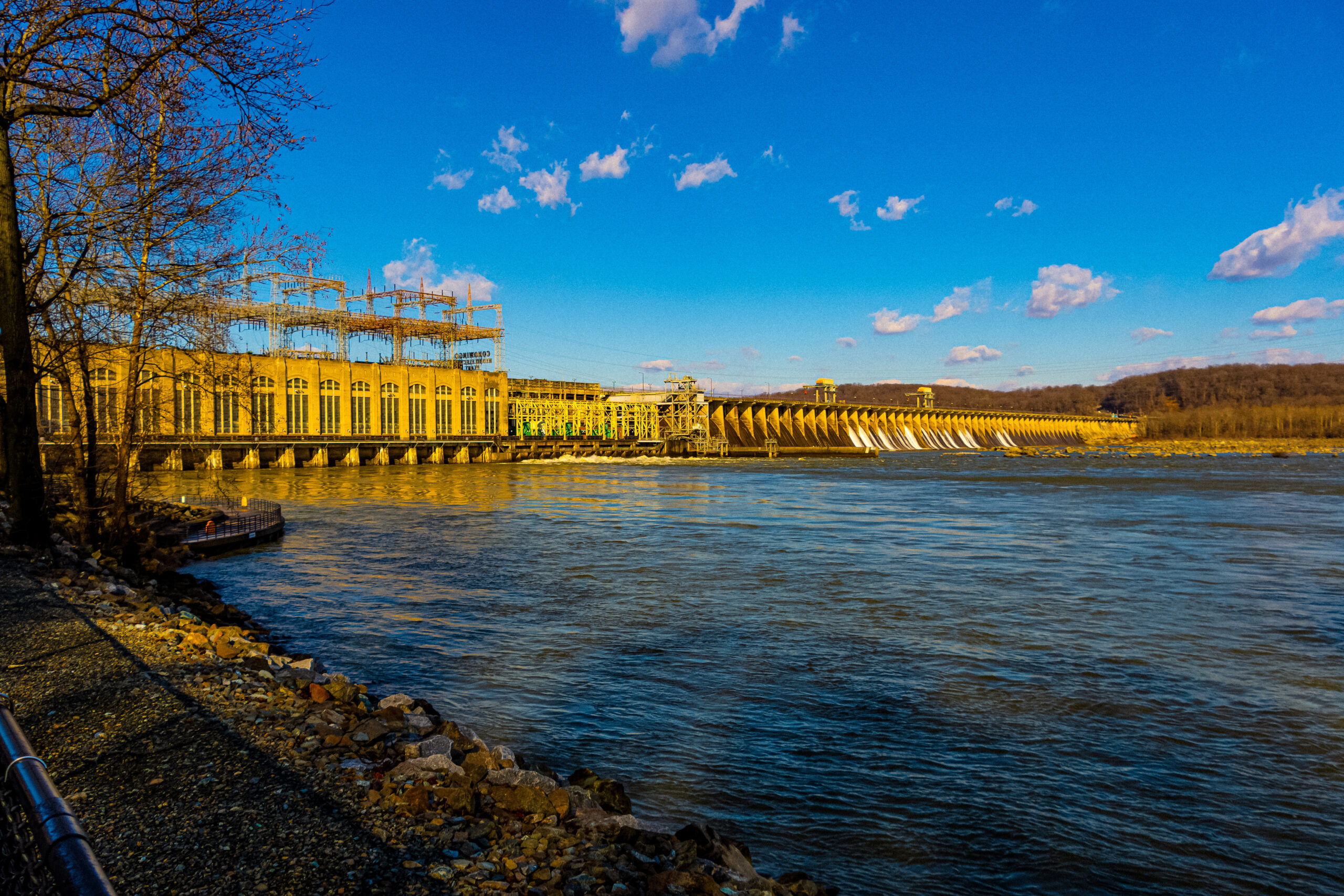By Kristin Danley-Greiner
The Chesapeake Bay’s blue crab population is thriving and not being overfished, a report released last week found. According to the summer 2019 blue crab advisory report, the overall Chesapeake Bay blue crab population has increased nearly 60 percent from 372 million in 2018 to 594 million in 2019.
The Chesapeake Bay Stock Assessment Committee , comprised of regional and national scientists, develops the annual blue crab advisory report by evaluating both the winter dredge survey and harvest data to develop advice for fisheries managers. As part of the Chesapeake Bay Program, CBSAC — which includes representatives from state agencies, academic institutions and federal fisheries experts — supports the Sustainable Fisheries Goal Implementation Team.
The Maryland Department of Natural Resources previously released the results of its 2019 Blue Crab Winter Dredge Survey, showing the blue crab population is “healthy and thriving.”
The summer 2019 blue crab advisory report shows that the population estimate of adult females increased to 191 million in 2019 from 147 million in 2018. This number is above 70 million, which is considered to be the minimum acceptable level for female blue crabs in the Bay, but lower than the target of 215 million, the report stated.
Experts assess the sustainability of the blue crab stock by comparing the percentage of the female blue crab population harvested each year to a 25.5 percent target and a 34 percent overfishing threshold. Because the latest female harvest levels are below both of these “reference points,” the blue crab population is not considered depleted, nor is it being overfished.
The juvenile blue crab population—crabs that will grow to harvestable size this fall—was estimated to be 323 million, above the long-term average of 224 million. Due to the warmer weather this past winter, the percent of crabs that died in between the fall and spring was lower than usual at 1.8 percent compared to 6.37 percent last winter.
Blue crab populations can vary naturally from year to year, based on weather, water temperature and other environmental conditions, as well as on how many are caught, the report noted.
“This year’s results are a demonstration that the risk-averse, scientific management programs in place are working,” said Lisa Feldt, Chesapeake Bay Foundation vice president for Environmental Protection and Restoration.
To see the story as it originally appeared on Patch.com, click here.
Did someone forward this to you?
Get your own daily morning news roundup in your inbox. Free. Sign up here.




 Creative Commons Attribution
Creative Commons Attribution